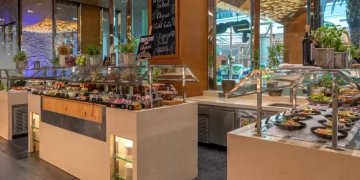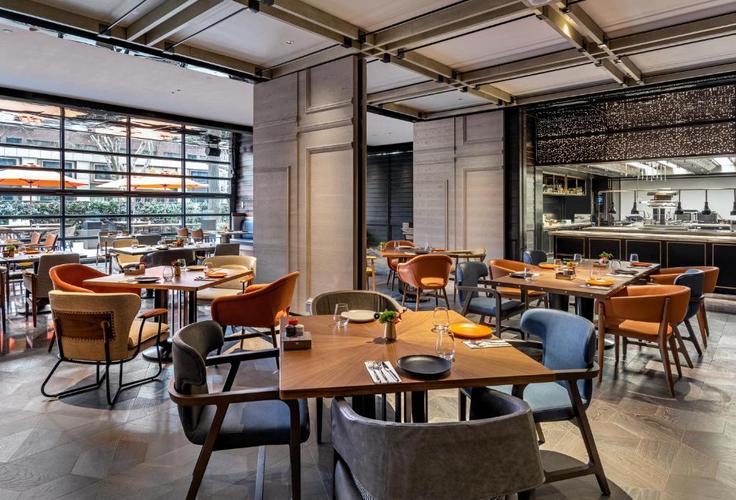With the fluctuations in the global economy and changes in social lifestyles, the boutique catering industry is also experiencing unprecedented challenges. Under the new normal, restaurants not only need to respond to changes in customer demands, but also adapt to new hygiene and safety standards while maintaining high-quality service. During this transitional period, the innovation and adaptability of the restaurant industry have become the key to its success.
Firstly, boutique restaurants are paying more attention to providing personalized experiences. As diners’ attention to food sources and production processes continues to increase, transparent practices have become crucial. The restaurant attracts customers with high demands for health and sustainability by publicly disclosing its food supply chain, emphasizing local procurement and support for organic agriculture.
Secondly, the integration of technology has become a major trend in the boutique catering industry. From online booking systems to touchscreen ordering, and then to using artificial intelligence to recommend menus, the application of technology has not only improved efficiency, but also enhanced the dining experience for customers. In the post pandemic era, contactless services have become the new norm, and many restaurants have reduced personnel contact and ensured the safety of customers and employees by introducing advanced payment systems and intelligent service devices.
In addition, as consumers’ demand for healthy eating increases, boutique restaurants are also adjusting their menus to include more healthy options. This not only includes providing vegetarian and low calorie dishes, but also customized services for special dietary needs. This change not only meets market demand, but also demonstrates the restaurant’s concern for the health of diners.
Under the new normal, the spatial design of restaurants is also undergoing changes. In order to meet the requirements of social distance, the restaurant has rearranged the seating to ensure a safe distance between customers. At the same time, outdoor dining areas have received more utilization and attention, not only because of their natural ventilation, but also because they can provide a different dining environment. This rethinking of space is not only a response to current hygiene requirements, but also a prediction of possible future trends.
Finally, in order to cope with uncertainty, many boutique restaurants have begun to explore diversified business models. For example, by providing high-quality food delivery services, offering online cooking courses, and even selling homemade sauces and bread, restaurants can generate revenue in different fields while maintaining contact with customers.
The future of the boutique catering industry is full of challenges, but also opportunities. In the new normal, only restaurants that can quickly adapt to changes, constantly innovate, and provide excellent service can stand out in the competition. As the catering industry responds to these trends, we can foresee that boutique catering will continue to face future challenges with a new look.
















































